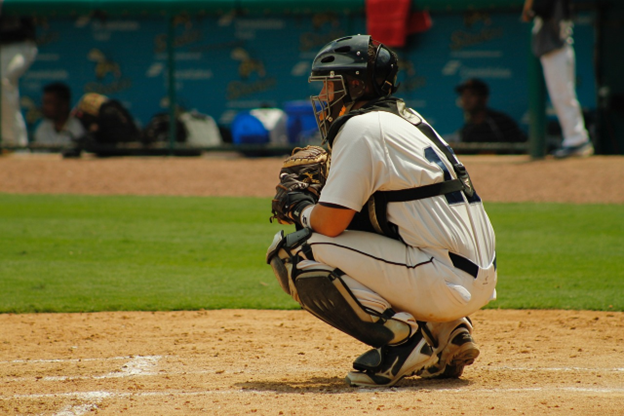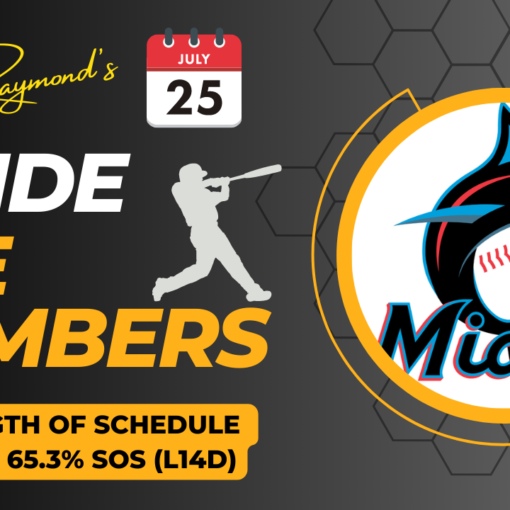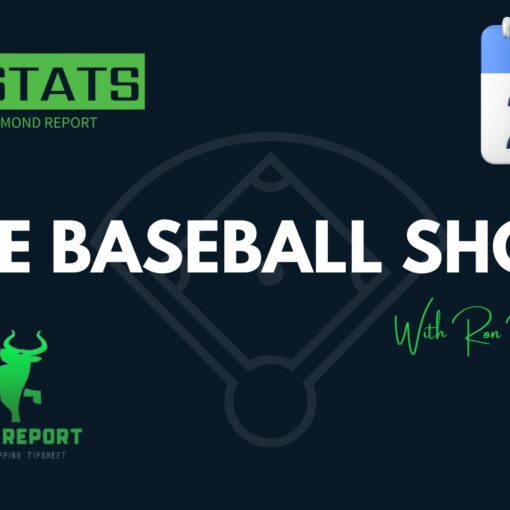The 2023 MLB season introduced several rule changes aimed at improving the game. Key changes included restrictions on defensive shifts, the implementation of pitcher and batter clocks, limits on pickoff moves, and the introduction of larger bases. These changes were designed to enhance the pace of play, increase batting averages, and encourage more stolen bases.
Now that the 2024 MLB season began last March, many avid fans and bettors wonder: will the 2023 rule changes affect the game this season? In this article, we’ll analyze the major statistical impacts of the 2023 rule changes on game duration, stolen bases, batting averages, home run rates, fielding, and strikeouts.
Shorter Game Duration
One of the most noticeable impacts of the 2023 rule changes was the reduction in game length. The average MLB game time decreased to 2 hours and 42 minutes in 2023, down from over 3 hours in previous years.
The introduction of pitcher and batter clocks significantly reduced this time by limiting the time between pitches and at-bats. This change brought game durations back to the levels seen in the mid-1980s, making the game more engaging for fans.
The reduction in-game time was a welcome change for many fans and players who felt that games had become excessively long. Speeding up the pace of play may maintain viewer interest and attract new fans.
Batting Averages
Atlanta Braves leads the league with a .277 team batting average, the highest in MLB. They also ranked highly in on-base percentage (.348) and slugging percentage (.453), being top in runs per game at 5.73. This offensive success made Braves Betting Lines more favorable this season.
One thing to take note of, however, is that batting averages saw an uptick in 2023, with the overall MLB average rising to .248, up from .243 in 2022. This increase can be partially attributed to the restrictions on defensive shifts, which gave hitters a better chance of getting hits.
Additionally, the pitcher and batter clocks may have disrupted pitchers’ rhythms, leading to more favorable conditions for batters. If these trends continue, we could see batting averages rise further in 2024, reversing the downward trend observed over the past few decades.
The higher batting averages in 2023 indicated a shift towards a more balanced game where hitters had a fairer chance against defensive strategies. Limiting defensive shifts aims to make the game more competitive and enjoyable. This change also means that teams might need to adjust their defensive strategies and focus on improving individual player skills to counteract the effects of limited shifts.
Home Run Rates
Home run rates slightly increased in 2023, rising to 1.21 per team per game from 1.07 in 2022. This rate is still lower than the peak observed in 2019 but suggests a rebound from the dip in home runs. The reasons behind this uptick are not entirely clear, but it could be due to a combination of the new rules and possible changes in baseball.
The increase in home runs added an element of excitement and unpredictability to the game. Fans and analysts alike have speculated on the reasons behind this rise, from changes in player training to modifications in baseball. The 2024 season will be crucial in determining whether this uptick was a temporary anomaly or the beginning of a new trend in home run hitting.
If the trend of increasing home run rates continues, it could lead to more high-scoring games and shifts in team strategies. Teams might emphasize power hitters and adjust their lineups to maximize home run potential, making for an interesting dynamic in the 2024 season.
Stolen Bases
The 2023 season saw a significant increase in stolen base attempts and success rates. The stolen base rate jumped from 0.51 to 0.72 per team per game, the highest since 1997. Factors contributing to this rise included the limitations on pickoff moves and the introduction of larger bases, which made stealing bases easier and more appealing.
The record-setting low caught stealing rate of 19.8% further highlights the effectiveness of these rule changes. As teams adapt to these new conditions, we may see even more strategic base running and increased stolen base attempts, keeping the game dynamic and unpredictable.
Fielding and Strikeouts
Fielding metrics also improved, with a record low of 0.52 errors per team per game in 2023. The fielding percentage set an all-time high of .986, continuing a positive trend observed over the past few years. These improvements in fielding efficiency reflect better training, technology, and player skills, contributing to a higher overall quality of play.
On the other hand, strikeout rates remained historically high, with 8.61 strikeouts per team per game in 2023. This slight increase from 2022 shows that hitters are still swinging for the fences, and the specialization of relief pitchers continues to play a role.
The number of complete games thrown by pitchers also set a new record low, reflecting teams’ growing focus on pitch counts and player health. The consistency in high strikeout rates suggests that while some aspects of the game are evolving, others remain stable.
Final Thoughts
The 2023 MLB rule changes will likely continue influencing key stats in the 2024 season. Expect shorter game durations, increased stolen bases, higher batting averages, and improved fielding metrics to persist. If you need more information or seek personalized advice, speaking to professionals is always recommended.





